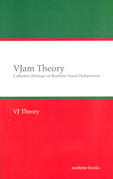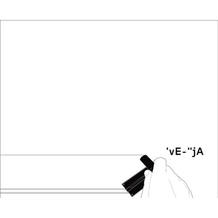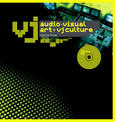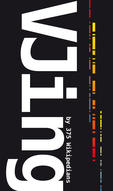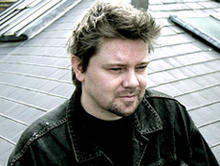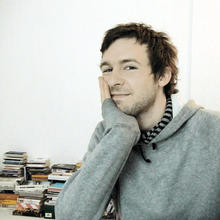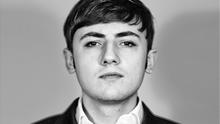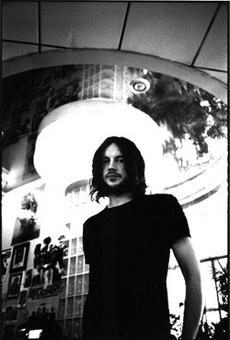VJing
(2010)is a reproduction of the Wikipedia article VJing, based upon the revision of July 25th 2010 and was produced as a physical outcome of the wiki-sprint, a collaborative writing workshop that was held 2010 during the Mapping Festival in Geneva.
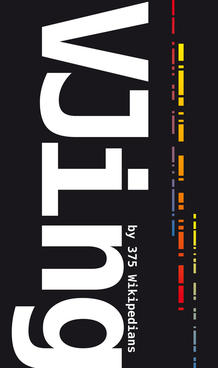
This book is a faithful reproduction of the Wikipedia article VJing, based upon the revision of July 25th 2010, last edited by 77.12.27.96. This book was produced as a physical outcome of the wiki-sprint, a collaborative writing workshop that was held in May 2010 in the frame of Mapping Festival, Geneva.
The book includes a prologue by Raphael DiLuzio and an introduction by Ana Carvalho. The final editing and layout took place in August 2010 during Hyperactivity, a summer lab at Centre d’art de Neuchâtel.
Source: Greyscale Press
